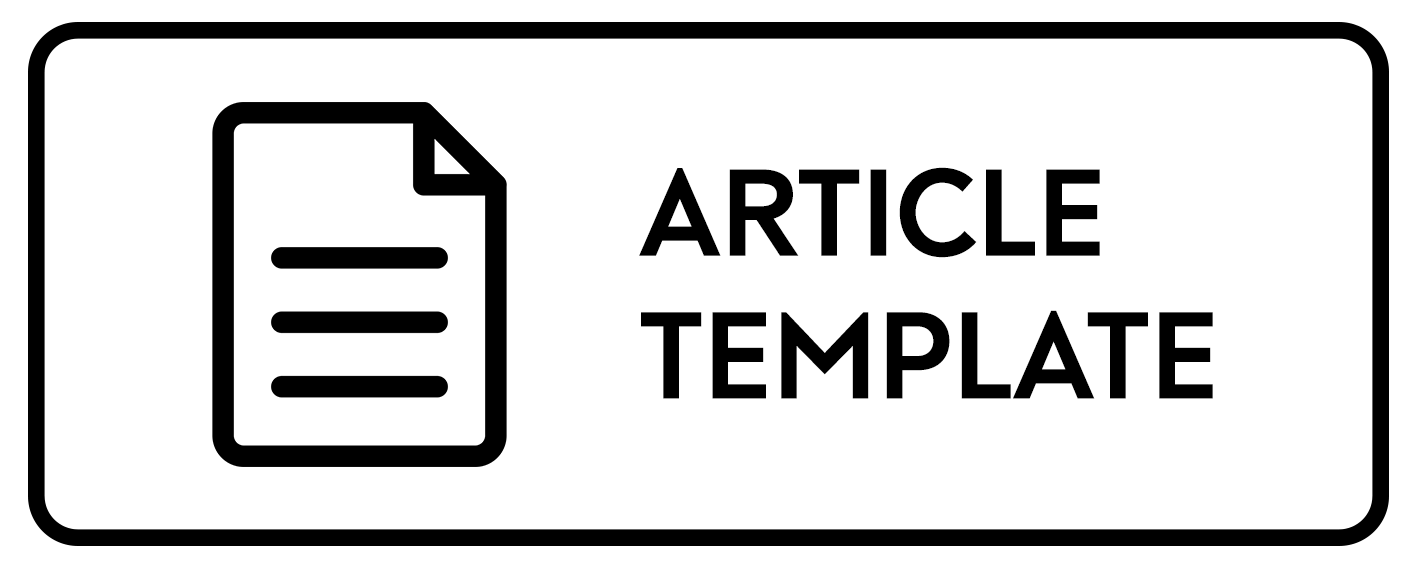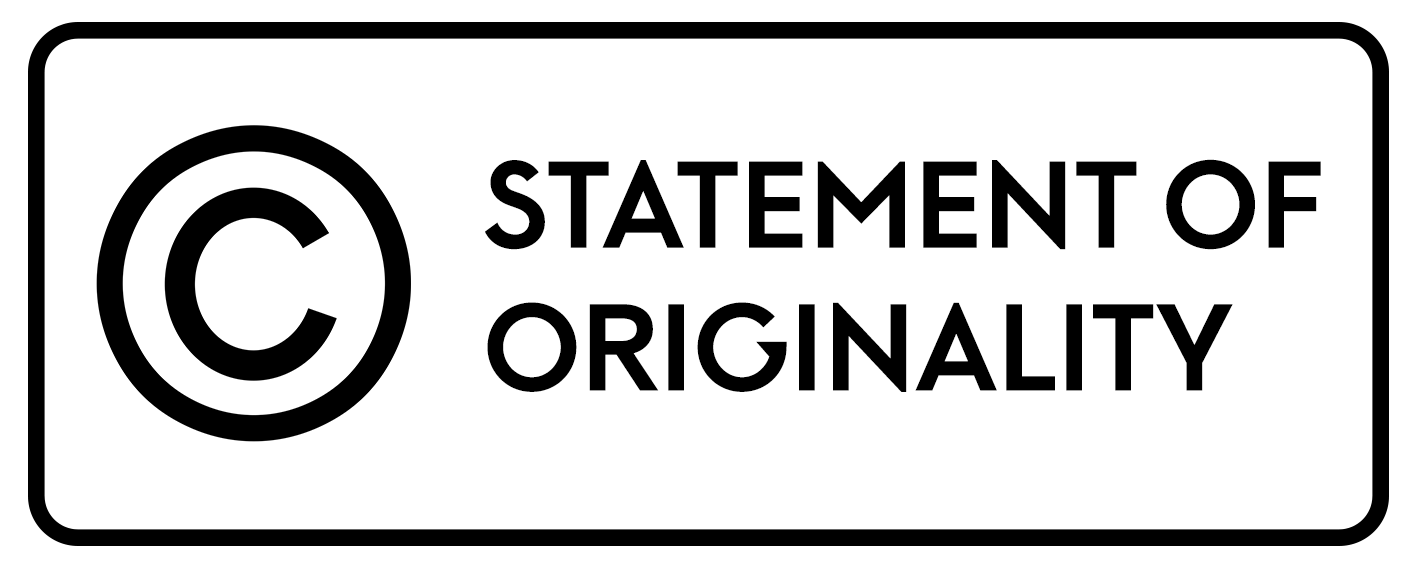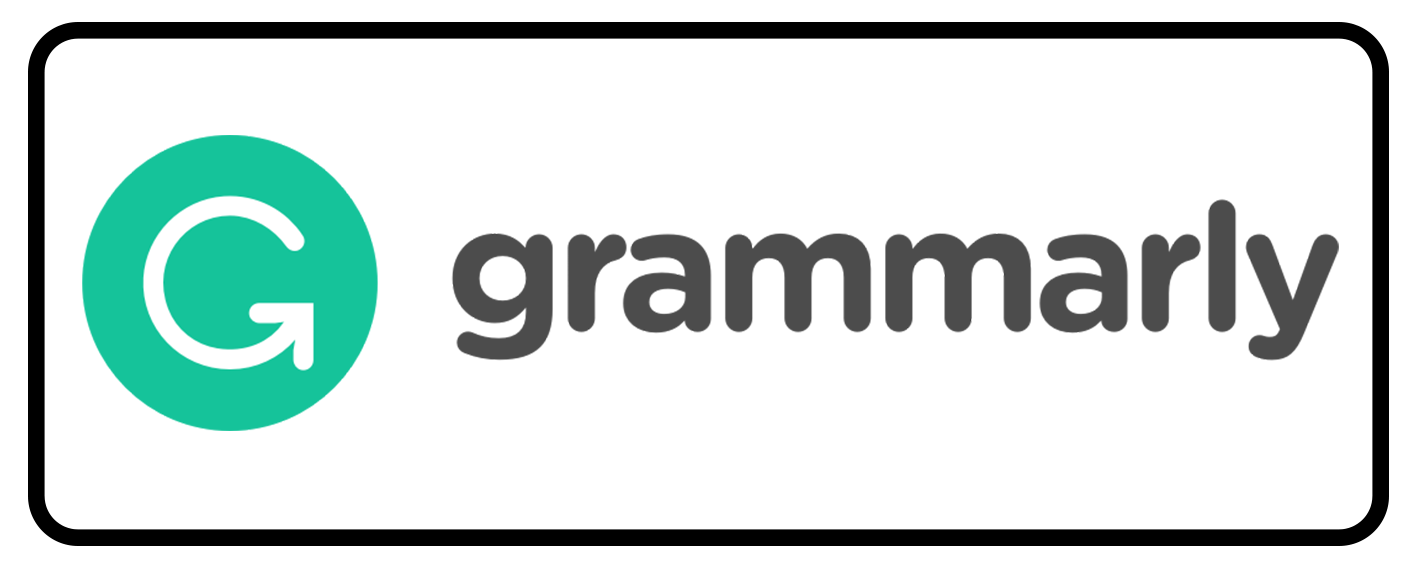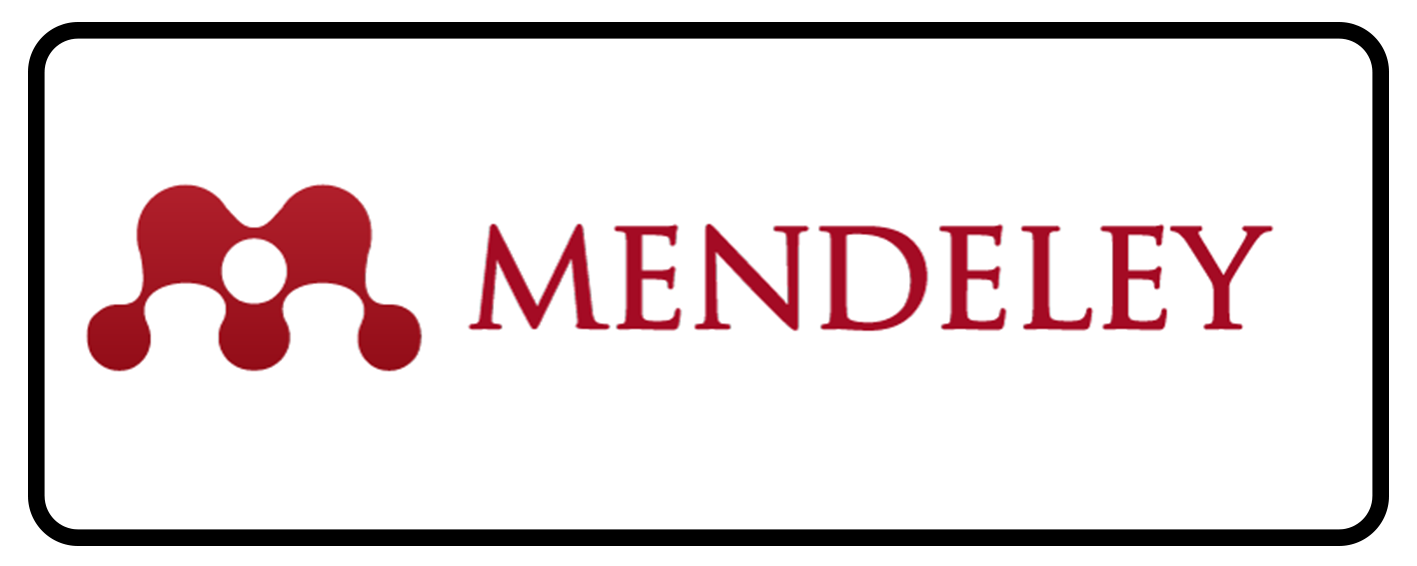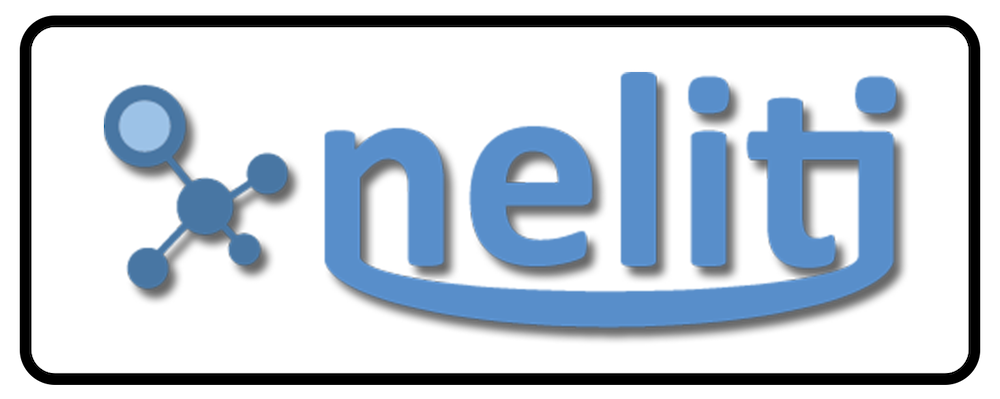MARKEDNESS OF THEME IN EVERYTHING, EVERYTHING MOVIE DIALOG
Abstract
This study entitled Markedness Realization in Everything, Everything Movie Script. The research is meant to analyze how the Theme markedness realized in the clauses of the movie script. The theory that is used in this research is Systemic Functional Linguistics (SFL) proposed by Halliday (1994), regarded with textual function that observes clause as a message and analyzes it from the thematic structure in the term of Theme-Rheme. He states that Theme can be divided into two, unmarked Theme is an element that occupies the point of departure position of the clause, conflating with the grammatical subject and marked Theme is an element other than occupies the point of departure position of the clause, but does not conflates with the grammatical subject. The method that is applied in this research is descriptive qualitative method. The source of data were one of the most viewed romantic movies in 2017 script, Everything, Everything, taken from Springfield Springfield site. Data of the research were selected, based on the second character dialog of this movie script. The purpose of this research is to indicate the four types of markedness and to describe the realization of the Theme markedness in the movie script. The research findings showed that the dominant type of markedness realization is simple unmarked Theme with 69.4% percentage. This type of markedness dominated other kinds of markedness realization in addition to simple marked Theme with 2.4% percentage, multiple unmarked Theme with 27.1% percentage, and multiple marked Theme with 0.9% percentage.
Keywords
Full Text:
PDFReferences
Ary, D et.al. (1979). Introduction to Research and Education. New York: Holt, Rinehart and Winston.
Bogdan, R. C. & Biklen, S. K. (1992). Qualitative Research for Education: An Introduction to Theory and Methods. Boston: Allyn and Bacon.
Brown, G. & Yule, G. (1983). Discourse Analysis. Cambridge Textbooks in Linguistics. Cambridge: Cambridge University Press.
Butt, D., et al. (2000). 2nd Edition. Using Functional Grammar. An explorerer’s guide. Sydney: National Centre for English Teaching and Research. Macquarie University.
Bull, V. (2008). Oxford Learner’s Pocket Dictionary. Fourth Edition. New York: Oxford University Press.
Bungin, B. (2005). Metode Penelitian Kuantitatif. Jakarta: Prenadamedia.
Christie, F. & Misson, R. (1998). Framing the issues in literacy education. In F. Christie & R. Misson 2000. Eds. Literacy and Schooling. London:
Routledge.
Eggins, S. (2004). An Introduction to Systemic Functional Linguistics. Second / Edition. London: Continuum International Publishing Group.
Emilia, E. (2014). Introducing Functional Grammar. Bandung: Pustaka Jaya.
Francis, M. (1989). Control as a Dimension of Public-Space Quality. In Public-Space and Spaces, I. Altman & E.H. Zube, Eds. New York: Plenum Press.
Fries, P. H. (1995). Themes, Methods of Development, and Text. In R. Hasan & P. H. Fries 1995. Eds. On Subject and Theme. A Discourse functional perspective. Amsterdam: John Benjamins. B. V.
Gerot, L. & Wignell, P. (2001). Making Sense of Functional Grammar. Sydney: Southwood Press.
Halliday, M.A.K. (1973). Explorations in the Functions of Language. London: Edward Arnold.
Halliday, M.A.K. (1978). Language as Social Semiotic: The Social Interpretation of Language and Meaning. London: Edward Arnold (Publishers) Ltd.
Halliday, M.A.K. (1985). “Systemic Background”, in Boston, J.D. & Greaves, W.S. Eds. Systemic Perspectives on Discourse, Vol. 1: Selected Theoretical Papers from the 9th International Systemic Workshop. Held at York University, Toronto, August 1982: Ablex Publishing Corporation, Norwood, pp. 1-15.
Halliday, M.A.K. (1985b). Spoken and Written Language. Geelong, Victoria: Deakin University Press.
Halliday, M.A.K. (1985c). Part A of Language, Context, and Text: Aspects of Language in A Social Semiotics Perspective.
Halliday, M.A.K. and Hasan, R. (1985). Burwood, Melbourne: Deakin University.
Halliday, M.A.K. (1994). An Introduction to Functional Grammar. London: Edward Arnold.
Halliday, M.A.K. (1994a). An introduction to Functional Grammar. 2nd Edition. London: Edward Arnold.
Halliday, M.A.K. (1995a). A recent view of ‘missteps’ in linguistic theory (Review article of John M. Ellis, Language, thought and logic). Functions of Language 2.2: 249-267.
Halliday, M.A.K. (2004). An Introduction to Functional Grammar. Third Edition. London: Edward Arnold.
Halliday, M.A.K. (2010). Text, discourse and information: a systemic-functional overview. Paper presented at Tongji University, November 2010.
Halliday, M.A.K. & Hassan, R. (1976). Cohesion in English. London: Longman.
Halliday, M.A.K. & Hassan, R. (1985). Language, Context, and Text: Aspect of Language in A Social-Semiotic Perspective. 1st Edition.
Victoria (1989, 2nd Edition, Oxford University Press, Oxford): Deakin University Press.
Halliday, M.A.K. & Hassan, R. (1989). Language, Context, and Text: Aspects of Language in A Social-Semiotic Perspective. New York, NY: Oxford University Press.
Halliday, M.A.K. & Matthiessen, C.M.I.M. (2004). An Introduction to Functional Grammar. 3rd Edition. London: Arnold.
Halliday, M.A.K. & Matthiessen, C.M.I.M. (2006). Construing experience through meaning: A language-based approach to cognition. Study Edition. London & New York: Continuum.
Halliday, M.A.K. & Matthiessen, C.M.I.M. (2014). Halliday’s Introduction to Functional Grammar. Forth Edition. New York: Routledge 711 Third Avenue.
Hanafiah, R., Yusuf, M., & Aswani, A. (2018). Theme Markedness in EFL
Students’ Recount Texts: A Systemic Functional Analysis. Journal of
ALTSA (Association of Language Teachers in Southeast Asia) Vol. 1 No. 1 pp. 14-20.
Indah, N. D. (2018). Theme Markedness in Research Article: A Systemic Functional Analysis. Retrieved from repositori.usu.ac.id (December 2018).
Martin, J.R., Matthiessen, C.M.I.M., & Painter, C. (1997). Working with Functional Grammar. London & New York: Arnold & Oxford University Press.
Matthiessen, C. M. I. M. (1995). THEME as An Enabling Resource in Ideational “Knowledge” Construction. Mohsen Ghadessy. Ed. Thematic Developments in English Text. London & New York: Pinter. 20-55.
Miles, M. B., Huberman, A. M., & Saldana, J. (2014). Qualitative Data Analysis: A Methods Sourcebook. Third Edition. United States of America: SAGE Publications, Inc.
Pasaribu, T. M. D. & Sumarsih, S. (2013). Theme and Rheme of Main Character Script in Hachiko Movie. Retrieved from jurnal.unimed.ac.id (October 2018).
Sinar, T. S. (2002). An Introduction to A Systemic-Functional Linguistic-Oriented Discourse Analysis. Singapore: Deezed Consult.
Sofyan, R & Tarigan, B. (2018). Theme Markedness in the Translation of Student Translators Vol. 8 No. 1 pp. 235-243. Retrieved from ejournal.upi.edu (January 2019).
Teich, E. (1999). Systemic Functional Grammar in Natural Language Generation Linguistic Description and Computational Representation. London and New York: Cassell.
Thompson, G. (1996). Introducing Functional Grammar. London: Arnold Volkova.
Wahyuni, S. (2016). Qualitative Research Method: Theory and Practice. Second Edition. Jakarta: Salemba Empat.
Williams, G. (1993). Using systemic grammar in teaching young learners. In. L. Unsworth 1993. Ed. Literacy Learning and Teaching. Language as Social Practice in the Primary School. Melbourne: Macmillan Education Australia PTY Ltd.
. Everything, Everything (2017) Movie Script. Retrieved from https://www.springfieldspringfield.co.uk/movie_scripts.php (October 2018).
DOI: http://dx.doi.org/10.30872/calls.v6i2.2332
Copyright (c) 2020 Nurhayati Br Tarigan, Tengku Silvana Sinar, Yulianus Harefa, Muhammad Yusuf

This work is licensed under a Creative Commons Attribution-ShareAlike 4.0 International License.
Editorial address:
Fakultas Ilmu Budaya, Universitas Mulawarman
Address: Jl. Ki Hajar Dewantara, Gunung Kelua, Kec. Samarinda Ulu, Kota Samarinda, Kalimantan Timur, Indonesia 75123
Email: jurnalcalls@fib.unmul.ac.id
Website: http://e-journals.unmul.ac.id/index.php/CALLS

CaLLs: Journal of Culture, Arts, Literature, and Linguistics site is licensed under a Creative Commons Attribution-ShareAlike 4.0 International License
CaLLs: Journal of Culture, Arts, Literature, and Linguistics indexing by:


